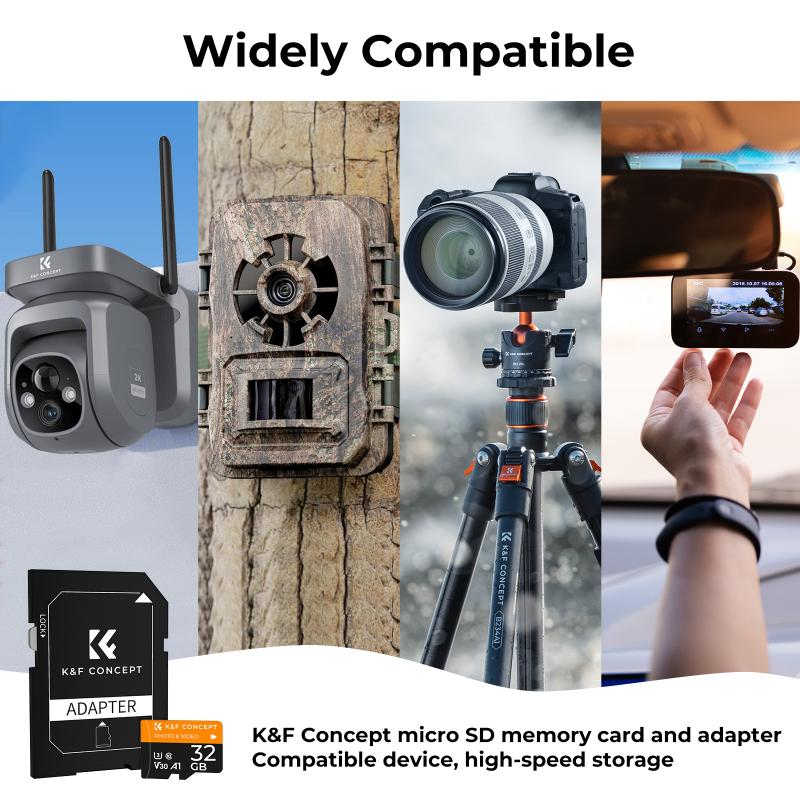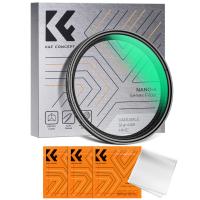How Unlock Sd Card?
Unlocking an SD card can be a crucial task for many users who find themselves unable to access their stored data due to various reasons such as write protection, password protection, or physical lock mechanisms. In this article, we will explore the different methods to unlock an SD card, addressing common issues and providing practical solutions to ensure you can regain access to your valuable data.
Understanding the Types of SD Card Locks

Before diving into the solutions, it is essential to understand the different types of locks that can be applied to an SD card:
1. Physical Lock: Many SD cards come with a small switch on the side that can be toggled to enable or disable write protection.
2. Write Protection: This can be a software-based lock that prevents any data from being written or deleted from the SD card.
3. Password Protection: Some SD cards allow users to set a password to restrict access to the data stored on them.
Method 1: Unlocking the Physical Lock

The simplest form of lock is the physical switch on the side of the SD card. Here’s how to unlock it:
1. Locate the Lock Switch: On the side of the SD card, you will find a small switch. This switch can be toggled up or down.
2. Toggle the Switch: If the switch is in the "Lock" position, slide it to the "Unlock" position. This should disable the write protection.
3. Test the Card: Insert the SD card into your device and try to access or modify the data to ensure the lock has been disabled.
Method 2: Removing Write Protection via Software

If the SD card is write-protected through software, you can use the following methods to remove the protection:
Using Windows Command Prompt

1. Insert the SD Card: Insert the SD card into your computer using an SD card reader.
2. Open Command Prompt: Press `Win + R`, type `cmd`, and press `Enter` to open the Command Prompt.
3. Run Diskpart: Type `diskpart` and press `Enter`. This will open the Diskpart utility.
4. List Disks: Type `list disk` and press `Enter`. This will display all the disks connected to your computer.
5. Select the SD Card: Identify your SD card from the list (usually by its size) and type `select disk X` (replace X with the disk number of your SD card) and press `Enter`.
6. Remove Write Protection: Type `attributes disk clear readonly` and press `Enter`. This command will remove the write protection from the SD card.
7. Exit Diskpart: Type `exit` and press `Enter` to close the Diskpart utility.
Using Registry Editor
1. Open Registry Editor: Press `Win + R`, type `regedit`, and press `Enter` to open the Registry Editor.
2. Navigate to StorageDevicePolicies: Go to `HKEY_LOCAL_MACHINE\SYSTEM\CurrentControlSet\Control\StorageDevicePolicies`.
3. Modify WriteProtect Value: Double-click on the `WriteProtect` key and set its value to `0`. If the key does not exist, you can create it by right-clicking on `StorageDevicePolicies`, selecting `New > DWORD (32-bit) Value`, and naming it `WriteProtect`.
4. Restart Your Computer: Restart your computer to apply the changes.
Method 3: Unlocking Password-Protected SD Cards
If your SD card is password-protected, you can try the following methods to unlock it:
Using Manufacturer's Software
Some SD card manufacturers provide software tools to manage and unlock their SD cards. Check the manufacturer's website for any available tools and follow their instructions to unlock your SD card.
Using Third-Party Software
There are several third-party software tools available that can help you unlock password-protected SD cards. Some popular options include:
1. SD Card Formatter: This tool can format your SD card, which will remove the password protection. However, this will also erase all data on the card, so use this as a last resort.
2. Password Recovery Tools: Some tools are designed to recover or remove passwords from SD cards. Research and choose a reputable tool to avoid any potential data loss or security risks.
Method 4: Formatting the SD Card
If all else fails, formatting the SD card can be a last resort to unlock it. Keep in mind that formatting will erase all data on the card, so ensure you have a backup if possible.
Using Windows
1. Insert the SD Card: Insert the SD card into your computer using an SD card reader.
2. Open File Explorer: Press `Win + E` to open File Explorer.
3. Locate the SD Card: Find your SD card under `This PC` or `My Computer`.
4. Format the Card: Right-click on the SD card and select `Format`. Choose the file system (usually FAT32 or exFAT) and click `Start` to begin the formatting process.
Using Mac
1. Insert the SD Card: Insert the SD card into your Mac using an SD card reader.
2. Open Disk Utility: Go to `Applications > Utilities > Disk Utility`.
3. Select the SD Card: Find your SD card in the list of drives and select it.
4. Erase the Card: Click on the `Erase` button, choose the file system (usually MS-DOS (FAT) or ExFAT), and click `Erase` to format the card.
Preventing Future Lock Issues
To avoid encountering locked SD cards in the future, consider the following tips:
1. Handle with Care: Be gentle with the physical lock switch to prevent it from breaking or getting stuck.
2. Regular Backups: Regularly back up your data to avoid data loss in case you need to format the card.
3. Avoid Passwords: If possible, avoid setting passwords on your SD cards to prevent access issues.
Unlocking an SD card can be a straightforward process if you understand the type of lock and follow the appropriate method to remove it. Whether it's a physical lock, write protection, or password protection, the solutions provided in this article should help you regain access to your data. Always remember to handle your SD cards with care and maintain regular backups to prevent data loss. By following these guidelines, you can ensure that your SD cards remain accessible and functional for all your storage needs.

















![4K digital camera for photography and video [autofocus and stabilisation] 48 MP video blog camera with SD card, 3 4K digital camera for photography and video [autofocus and stabilisation] 48 MP video blog camera with SD card, 3](https://img.kentfaith.com/cache/catalog/products/us/GW41.0065/GW41.0065-1-200x200.jpg)
























